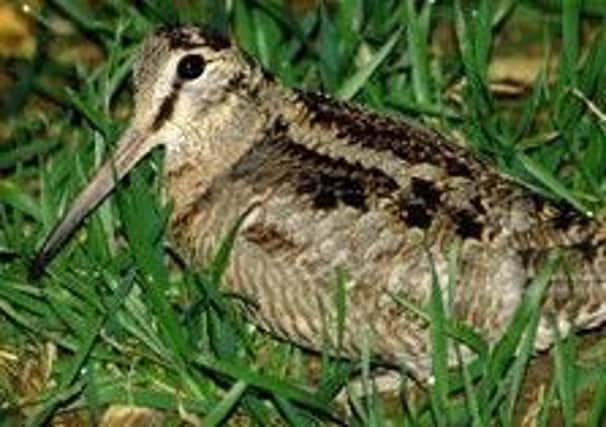Woodcock count needs volunteers in Northumberland


There has been a worrying decline in the numbers of breeding woodcock over the last 40 years and, throughout May and June, the GWCT and the British Trust for Ornithology (BTO) are working together to raise awareness of our native woodcock numbers.
“There are likely to be a number of factors contributing to the decline, from changing habitat to increasing predation,” said Dr Andrew Hoodless, head of wetland research at the GWCT.
Advertisement
Hide AdAdvertisement
Hide Ad“Ongoing monitoring is essential to help us understand annual fluctuations in numbers and assess the trend. The more volunteers who are willing to help out, the more accurate a picture we will obtain.
“We are asking birdwatchers to help us with this year’s survey by making three counts at dusk of displaying males.”
The woodcock, being largely nocturnal, can be hard to spot. However, males conduct a distinctive courtship flight, accompanied by a shrill call, known as ‘roding’ at dawn or dusk.
Surveys of the male woodcock show that following a period of relative stability, between 2009 and 2014, numbers dropped in 2015 and there are now about 55,000 breeding males in Britain.
Advertisement
Hide AdAdvertisement
Hide AdGiven this trend, it is essential that the counts continue, and greater participation will help to reduce the errors around annual estimates.
Key areas in the UK where counting is urgently needed include Northumberland, Yorkshire, Norfolk, North Wales and Scotland.
For details of how to take part, see www.bto.org/vol unteer-surveys/woodcock-survey